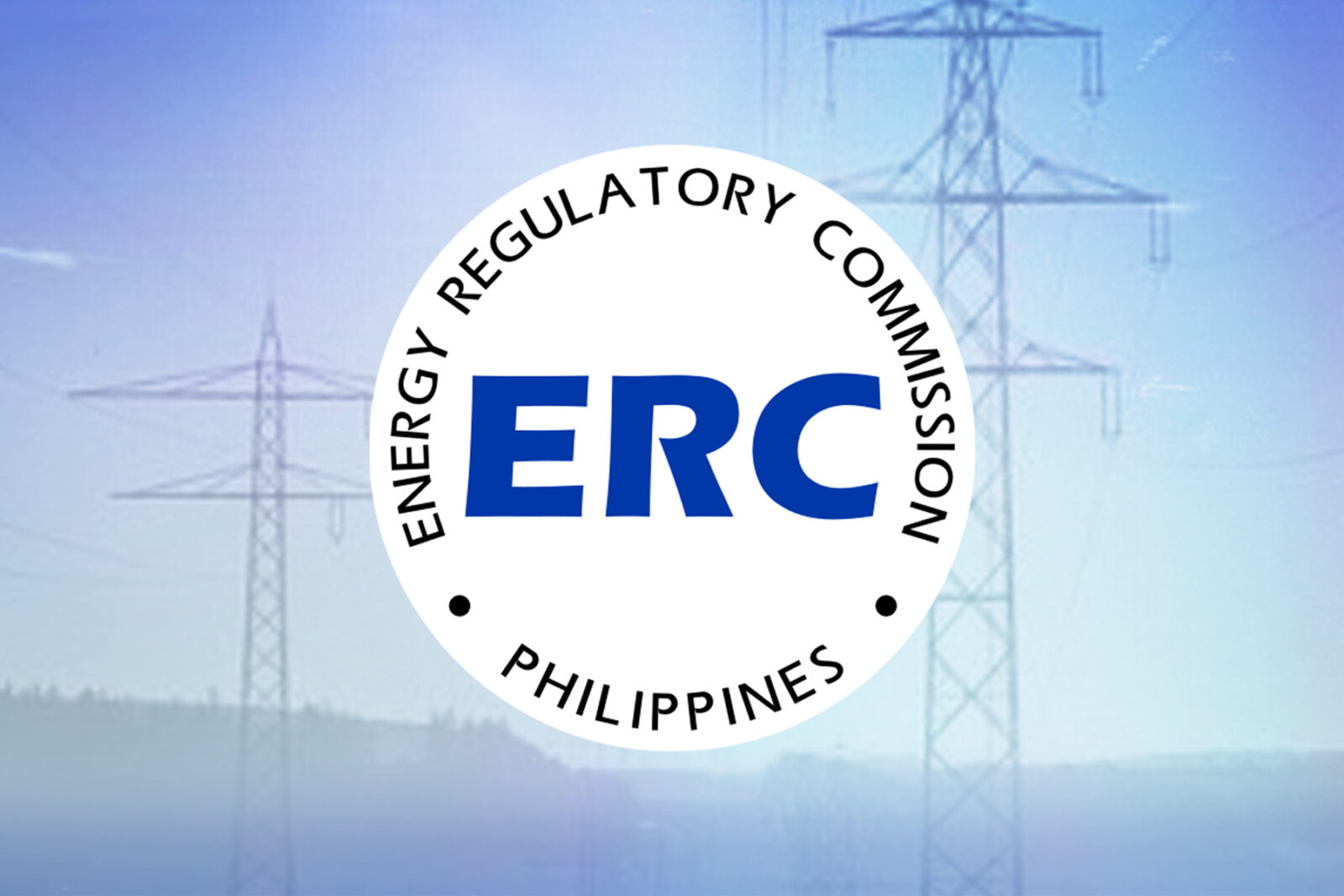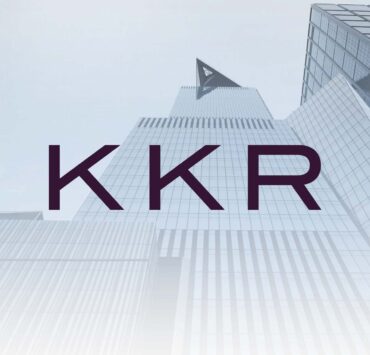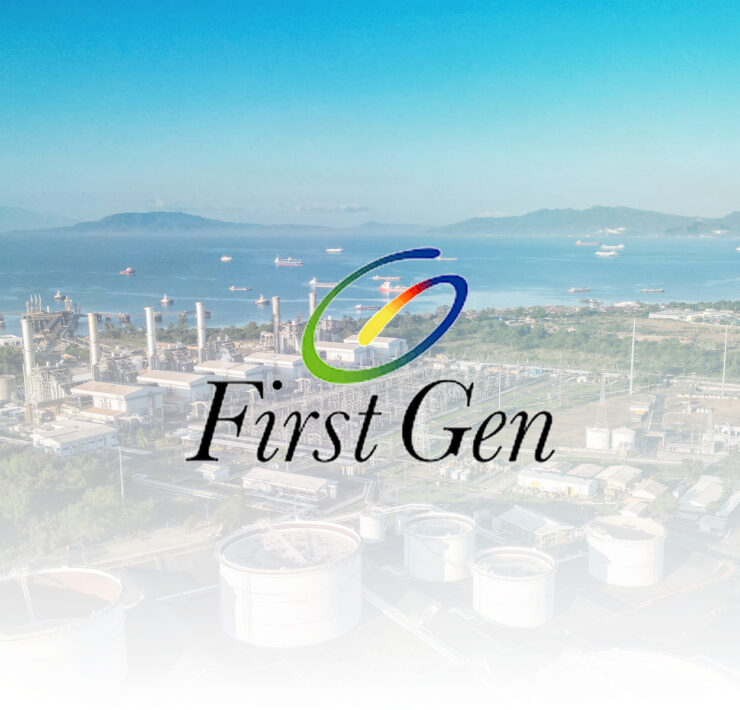ERC vows ‘no further delays’ in Meralco rate reset

A speedier resolution in the rate reset process for distribution utilities, particularly with Pangilinan-led Manila Electric Co. (Meralco), may be expected as the Energy Regulatory Commission (ERC) tweaked relevant rules to fix “regulatory gaps.”
In a statement over the weekend, the ERC said it adopted amendments that were “designed to recalibrate the rules to ensure timely resets while maintaining fairness and transparency.”
The regulator said the amendments would start with power distributor giant Meralco’s fifth regulatory period (5RP), which has been facing delays.
The group’s 5RP application initially covered the period from July 2022 to June 2026. However, due to “complex legal challenges … [and] prior actions of various stakeholders,” the time frame has been revised to July 2025 to June 2029.
This means that July 2022 to June 2025 is now considered a “lapsed period,” with current rates maintained until the next rate for the revised time frame is approved.
Under a rate reset process, a regulated entity such as Meralco must submit to the ERC its spending and proposed projects over a period, usually five years unless extended by the regulator. This will then be the basis of the distribution rate, the fee through which customers pay for Meralco’s services.
Meralco’s distribution charge has remained unchanged since August 2022.
“This reset is essential to align distribution rates with operational realities and regulatory efficiency. By addressing these delays, we reaffirm our commitment to protecting consumers and ensuring that our distribution utilities direct their investments towards improved services in the changing energy landscape,” ERC chair and chief executive officer Monalisa Dimalanta said.
Dimalanta earlier said that if Meralco could file its application next month, the ERC could complete its ruling by June 2025.
She also said that the ERC may release an order directing Meralco to issue refunds to about 8 million customers in Metro Manila and nearby provinces since there were years deemed as lapsed.
If so ordered, the refund would represent the difference between the actual average prices and the highest allowable costs that consumers should pay.





















